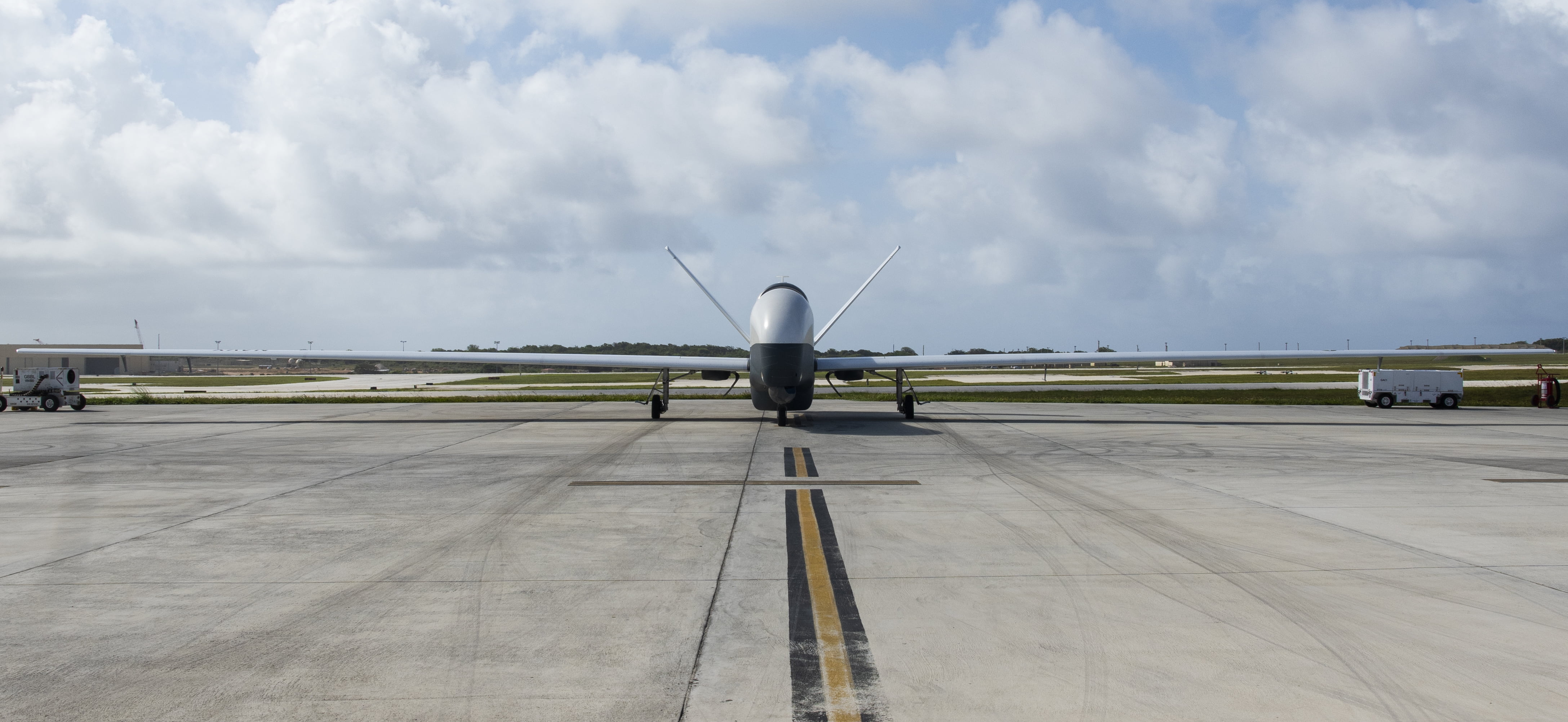By Robbin Laird
Although the Australian Defence Strategic Review and the recent Surface Fleet Review indicated that the threat environment was deteriorating in the here and now, the major investments are being made for a force that will not arrive for a decade.
How then to enhance the ADF in the next three to five years?
Or in the words of Keirin Joyce: “The Defence Strategic Review (DSR) did not address how to give us a focused force to deal with today’s threats. And the Fleet Review did not deal with how we can deal with the real threats of today with new capabilities we might affordably incorporate into today’s maritime force.”
Currently, WGCDR Keirin Joyce is a visiting senior fellow at ASPI. According to his bio on the Australian Strategic Policy Institute website:
WGCDR Joyce is an Australian Defence Force Academy graduate with an Honours Bachelor of Aeronautical Engineering. WGCDR Joyce has spent the last 18 years in support of the ADF Uncrewed Aerial Systems (UAS) capability including deployment to Iraq and Afghanistan.
WGCDR Joyce is a Chartered Professional Engineer, holds a Masters in Aviation Management (specialising in Human Factors), a Masters of Aerospace Engineering, a Masters in Military and Defence Studies, a Graduate Diploma in Secondary Education (Mathematics) and has researched part time as a Doctorate of Philosophy student through ADFA.
He is currently the Chief Engineer for RAAF RPAS MQ-4C Triton. Before that, WGCDR Joyce was the Australian Army UAS Sub-Program Manager responsible for all Australian Army UAS activities, including Army Drone Racing, and then the Royal Australian Air Force Remotely Piloted Aircraft Systems (RPAS) Sub-Program Manager.
We started by focusing on maritime autonomous systems.
He pointed out that this technology is now a decade old, Australia has extensively experimented with this technology, and the technology can be used now. He also cautioned that obviously not only the West is working this technology and with competitors and adversaries working with this technology, there is a clear need to know how to deal with adversary threats in this area as well, which will come only with extensive use and experience with remotely operated and autonomous system technologies.
Not only is the technology here, but much of it is also Australian and which the government can directly leverage. “With the exception of batteries and silicon, almost all of the technology necessary for an autonomous systems industry already exists in Australia.”
In other words, not only does technology exist to enhance ADF capabilities in the near to midterm, but it also be part of a resilient defence structure. Joyce argued: “That gives us a clear opportunity to enhance the current force and carve out the future.”
We then discussed air systems, and in particular the opportunity to leverage the coming of Triton.
He noted that “we are the only QUAD member that does not have armed persistent UAV strike. We will have the Triton which can provide the ISR and targeting data to a persistent airborne strike node, but we simply do not have armed persistent strike capability. This is clearly something which can be done to add to the kind of capability which the Air Force can provide to the Navy for maritime strike.”
We discussed the absence of discussion as well in Australia and elsewhere for that matter of the unique quality of what NATO now has at the Sigonella base in Italy. NATO flies the Global Hawk, the U.S. now operates Triton, and the Reaper armed UAV is operating there as well. This creates the kind of combat cluster which a remotely piloted can deliver to the combat force complementary to manned air assets.
A key aspect of the impact which introducing and accelerating autonomous systems into the ADF is the workforce issue.
The ADF like virtually all Western militaries face recruitment and retention challenges. The autonomous systems are significant generators of data both ISR and C2 systems. A civilian workforce or military cadre with enhanced flexibility on work hours and location can support such efforts. In effect, a data and an AI eco system is being generated and crafted which can be managed by innovative new ways for recruiting, developing and retaining workforce.
The final issue we discussed was acquisition.
I interviewed a U.S. Navy three-star Admiral last year, and he focused on his need to identify gaps which needed to be met and he and his staff could identify the bits and pieces which were needed which would fill the gaps.
But the organizational structure is not there for him to do that. And he emphasized that autonomous systems continuous redesign would be one way to fill gaps rather than going through the traditional lengthy and in the case of software and AI defined systems simply irrelevant acquisition process.
As Joyce underscored: “We have demonstrated we can do this. For example, in Iraq and Afghanistan we got very good at rapid acquisition to fill the gaps. Autonomous systems are almost by operational reality rapid acquisition systems, whereby the warrior works with the industrial code writer on changes he sees as possible or deems necessary. It is a different kind of demand driven operational development cycle: not a traditional acquisition, requirements driven approach.”
My conclusion from my book on the coming of maritime autonomous systems is brutal and straightforward: the technology has arrived, but our organizational culture and structures are not changing to be able to use it. It is a form of structural disarmament.
Featured Photo: A MQ-4C Triton taxis at Andersen Air Force Base. (U.S. Air Force photo by Senior Airman Michael S. Murphy)


